Separation anxiety is incredibly common in dogs, and can even occur with cats too. But that doesn’t make it any less stressful on you or your furry friend.
Any pet can suffer from separation anxiety, including those who seem otherwise well-adjusted. A little bit of whining when you’re heading out the door is okay — and even to be expected — but in some cases, separation leads to serious behavioral problems that can cause a lot of anxiety for both pet and pet parent when it’s time to be apart.
The good news is that separation anxiety is usually quite treatable, and with a plan and some consistent action you can take steps to relieve your pet’s stress at being alone and make life a whole lot easier for everyone. To get you there, we’ve put together some helpful tips for dealing with your pet’s separation anxiety and getting them on the right path.
What is separation anxiety in pets?
Before we talk solutions, let’s go over the basics of separation anxiety and why it happens in the first place.
Separation anxiety refers to a specific type of stress that your pet feels when left alone. It exists on a spectrum, with some pets exhibiting more serious separation anxiety than others. Some of the most common signs include:
- Excessive howling, whining, or barking while you’re away
- Obsessive behaviors such as pacing or chewing on skin
- Destroying furniture and other belongings
- Going potty inside despite being housetrained
- Attempting to escape
Just as there’s no one way that pets express separation anxiety, there is also no one cause behind it. Your pet may just be prone to stress, or they may be reacting to changes in routine such as being left alone when they’re used to having you around, the loss of a family member or animal companion, or adjusting from the shelter to your home.
You can’t always prevent separation anxiety unfortunately, but by remaining on the lookout for signs of it you can address it at its earliest stages and come up with a plan of action. And while very severe cases of separation anxiety will usually require the assistance of your vet and/or a professional trainer, there are some things that you can do right now to help your four-legged family member out.
4 Easy Ways to Treat Separation Anxiety
All pets are different, and what may work for one won’t necessarily work for another. We recommend trying these simple approaches to dealing with separation anxiety first and then taking additional steps depending on what’s working and what’s not.
- Avoid any fanfare when you leave or come home. We get it, it’s tempting to cover your pet in hugs and kisses when you’re going to be away and to greet them with excitement when you come home, but if they’re suffering from separation anxiety, you’ll only reinforce that your coming and going is a big deal. A better idea: ignore your pet for a few minutes before you leave and when you return. They’ll take the hint that there’s nothing to be too excited about.

- Provide interactive distractions. An interactive toy like the Cheerble Wicked Bone and Wicked Ball serve as excellent distractions and help keep your pet occupied while you’re gone. And the less bored they are, the less likely they are to engage in negative behaviors. Smear the toy with a little bit of peanut butter to make it extra special before you head out, and only give it to them when you’re leaving so they start to see your absence as a good thing, instead of a bummer.

- Try calming techniques and supplements. Create as calming of an environment as you can for your furry one. The exact ways to do this vary, but some ideas include crate training (most dogs love the security of their crate), putting on some quiet classical music, and trying out calming supplements and sprays. Another option is CBD pet treats, which many pet parents find effective for relieving acute stress in their pets.

- Get rid of excess energy. A tired pet is a good pet! For cats, one-on-one playtime before you leave will help them shed excess energy so they’re more likely to relax while you're gone. The same goes for dogs, though you’ll need to do a little bit more since they’re more high energy in general. Take your dog for a walk before you leave, and schedule a dog walker to come by if you’re going to be gone for more than five or six hours. Cheerble toys are great for tackling your pet’s energy needs, and can be brought along on walks or used to play with your dog even when you’re away from home with our smartphone app. And the Cheerble Wicked Ball is great for meeting your cat’s play requirements.
Practice makes perfect. We recommend testing out these techniques in small spurts, then gradually increasing the time that you’re away. You may also want to install a pet camera so you can keep an eye on your companion while you’re gone and see how they’re doing.
Remember: some cases of separation anxiety are more severe than others and may require professional help. If that’s the case, talk to your vet and see what they recommend. There’s always something that you can do, and eventually you should be able to find the most effective solutions for your anxious pet.







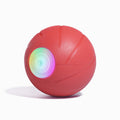


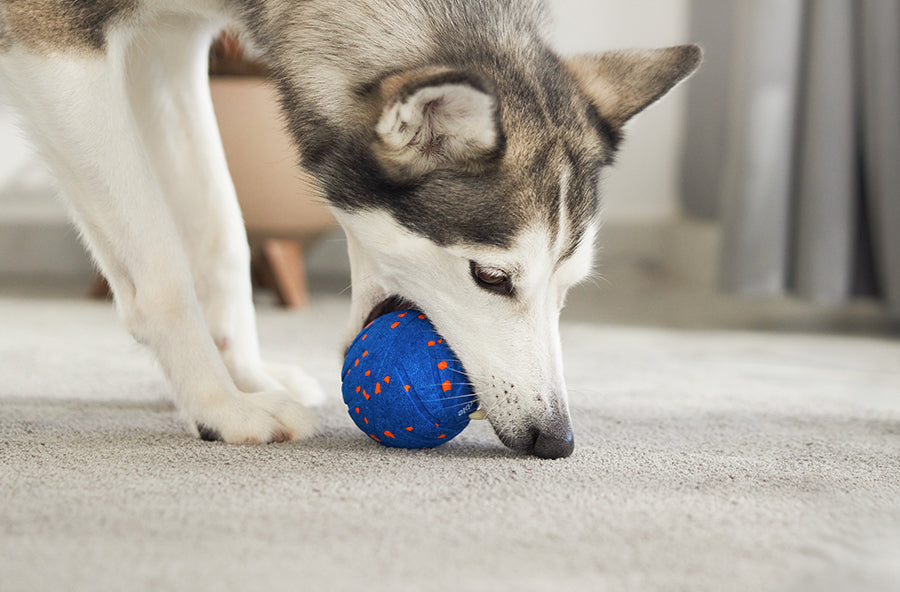
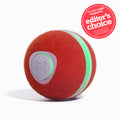







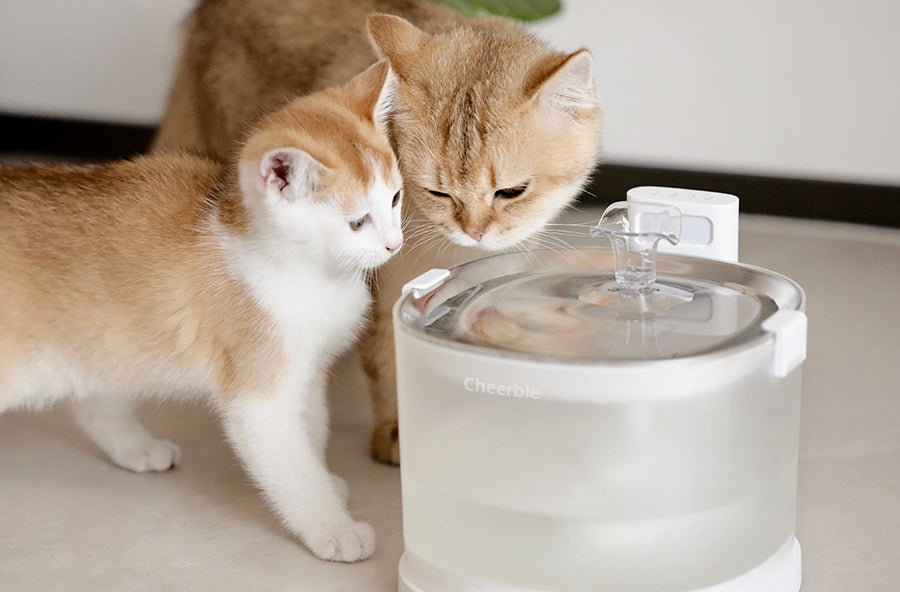
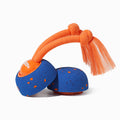






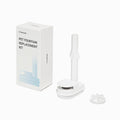

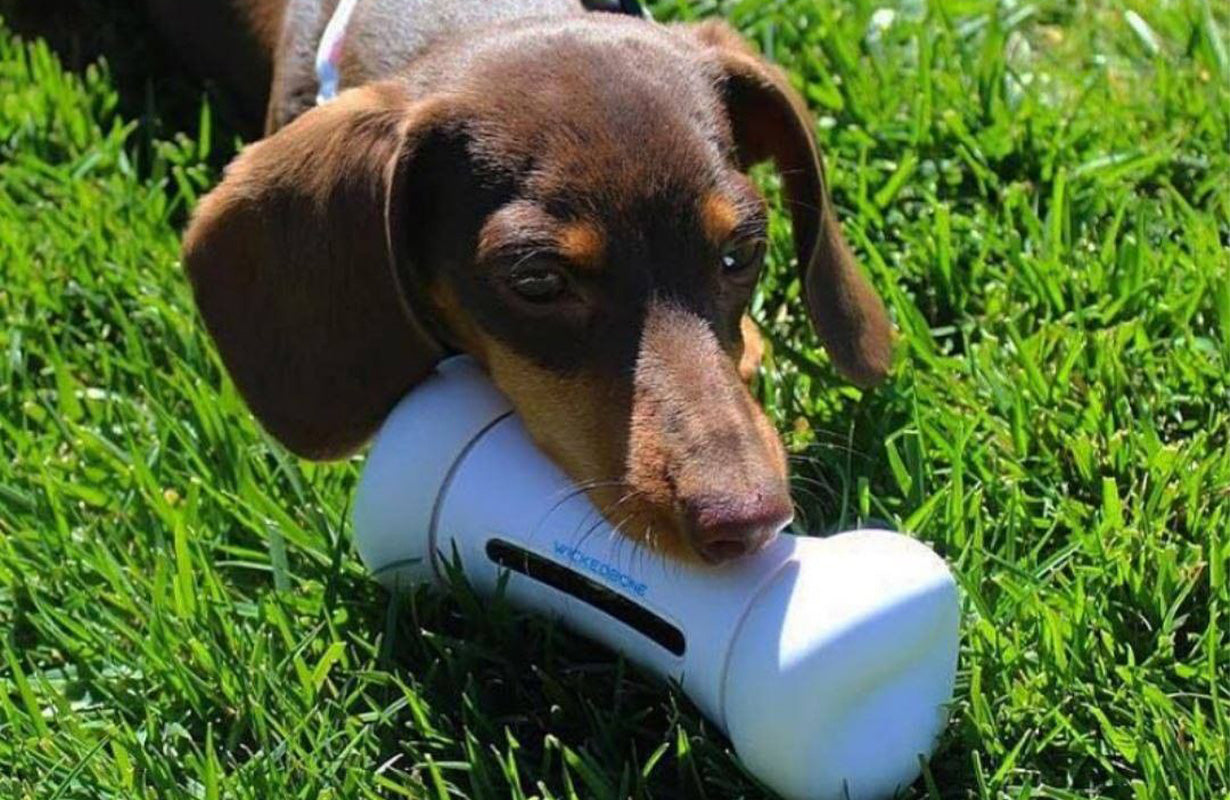

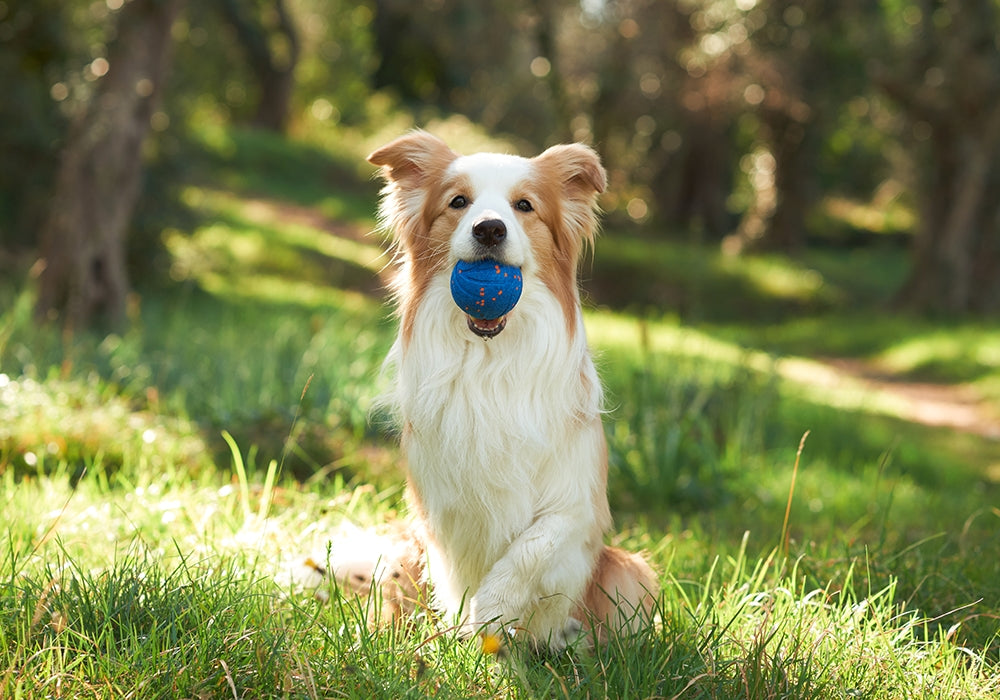
Leave a comment
All comments are moderated before being published.
This site is protected by hCaptcha and the hCaptcha Privacy Policy and Terms of Service apply.